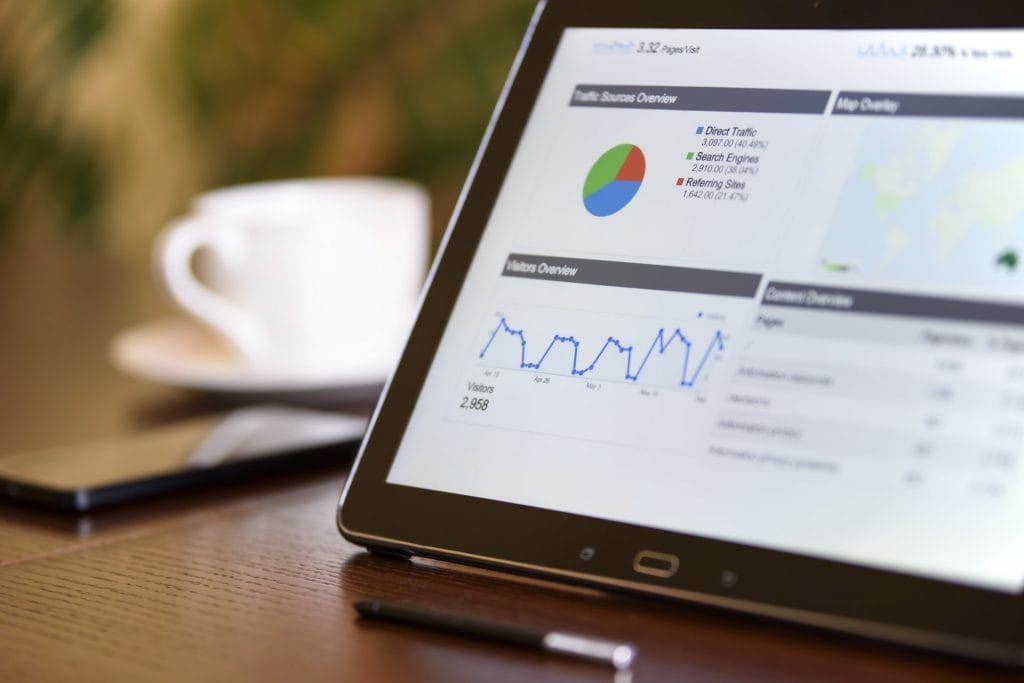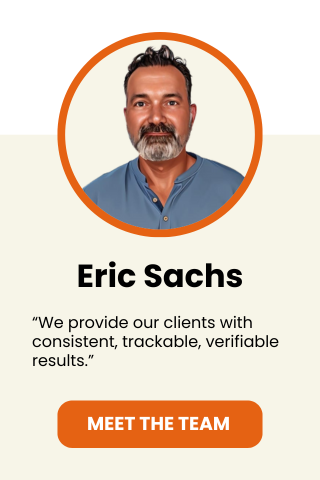When it comes to business, sometimes you have to take risks in order to grow. In SEO and web marketing, taking risks is, well, risky business. Sometimes, it’s worth it for the sake of testing, experimentation, and growth – but you really need to know what you’re doing before you make the jump. Otherwise, your actions can have a very real and immediate negative impact on your digital marketing efforts.
But here’s the issue; figuring out which risks are safe, rewarding, or just too problematic isn’t easy, especially with constantly-changing SEO guidelines. In this post, I’ll walk you through which risks are safe, which you should approach with caution, and which ones you should avoid altogether.
Overview
DO Buy Expired Domains
Domain URLs are like collectables. The more you have, the more you can increase your traffic. The key is to only buy expired or available domains that happen to be tightly related to your niche market.
Need an example? Let’s say you sell sporting goods. Domains with names that apply to sports, or that once hosted sports sites or sporting goods, are a great choice.
However, domains that were ranked well but that are not at all related, or that simply had a ton of junky spam content, are extremely risky for this strategy. In fact, if you snap up the wrong one, it can be a disaster.
The goal is to buy related domains and redirect the URL to your well-built domain. That way, the people searching for the original site end up on a new site (yours!) that offers a similar product or service, increasing your odds of building a new relationship.
DON’T Disavow Backlinks
At one point, there was a Google update that punished websites if they had backlinks coming from questionable or low-quality websites. SEO experts and webmasters spent hours of their time disavowing backlinks and adding code to disassociate themselves from the ones they thought were hurting them.
Disavowing is a waste of your time and could potentially hurt your rankings. Why? No one really knows which links are helping and which links are hurting, and Google finally recognized that we don’t always have control over which websites link back to us.
The only links you should be disavowing are the truly unsavory ones – like weird-looking adult sites or questionable political sites that border on flat-out offensiveness. Otherwise, let go and leave the neutral links alone.
DO Go After High-Quality Backlinks
Quality backlinks from high domain-authority sites in a similar niche to yours are always worth the effort and risk. Backlinking is a numbers game, but quality is far more important than quantity. Look for trustworthy websites that let you contribute content or are willing to quote you as a source or resource within their own content. You may be able to come up with a mutually beneficial arrangement.
Sometimes, site owners complain that their backlinking efforts simply aren’t paying off; this often has more to do with Google not picking up on the links than the value of those links. When you look at your analytics, you can see all the backlinks connected to your website, but you can’t tell if they’re follow versus nofollow. This is, again, because Google wants you to focus on quality, not gamified attempts to outdo others on the number of links you attract.
Use Google analytics to see what parts of your site are most popular for linking. Then, create new content targeting similar and related topics or questions. This approach honors Google’s desire for quality while capitalizing on the potential for link volume.
DO Experiment with Changing Your URL Structure
Your page URLs make a big difference in SEO ranking, especially if they contain specifically targeted keywords. This approach helps both Google and your potential readers better identify what they’re going to find inside. Unfortunately, a lot of older websites defaulted to URL structures that used simple number and letter codes for each page (including early versions of WordPress). This is an outdated tactic and can hurt your page’s overall rankings.
You don’t want the URL to be too long; just clear enough to give a glimpse inside. For example, you should avoid:
- com/taking-risks-with-your-seo-what-to-do-and-what-not-to-do
Instead, try something like this:
- com/seo-risks
- com/seo-risks-to-take
Besides being too long, the first URL above makes another mistake: the keywords are way too far into the URL itself. Whenever possible, your keywords should fall as close to the top-level domain within the string as possible (as is shown in the shorter versions).
DON’T Delete Site Content
Deleting entire pages of site content can do you far more harm than good, especially if other sites are linking to those pages. You run the risk of completely unranking yourself for whatever keyword was associated with the page in question.
There are a couple of ways around this:
- Is the page you want to delete a product-listing page? Leave the page on the site – but put up a note letting people know that the product is no longer available and suggest alternative products and services. Remove the page from site navigation; don’t delete it from the site as a whole.
- Is the page you want to delete an informational piece or blog post? Instead of deleting the page, rework the content to improve it. Try incorporating new and different visuals. Add a video, a new infographic, or maybe a series of photos alongside fresh text.
DO Improve User Experience
Improving user experience is one of the most powerful strategies for keeping people on your site longer; this factor directly influences your ability to rank. Review your page analytics to see how long people stay on each page, then assess your bounce rates. What’s working, and what isn’t?
The goal is to get people to stay on each page longer. You can do that by adding short video clips, infographics, descriptive content, reviews, quizzes, or fun, short little games that add a bit of levity to your content. All of these require just a little more time to digest than plain text alone, but they also make the content much more fun.
Experiment with one change at a time, on a few pages at a time, to monitor whether the changes are helping or hurting. Don’t make mass changes; if something goes wrong, it will be difficult or even impossible to track down.
You can never quite tell which way the wind is going to blow with SEO, but that doesn’t mean you should just give up and hope for the best, either. Implementing carefully-planned changes on a smaller scale gives you the data you need to determine what works and what doesn’t before you implement site-wide changes. Slow and steady wins the race when it comes to successful SEO.
2 Comments
Leave a Reply
Contact us today to get the conversation started!











This article is extremely knowledgeable, do give it a read. Thank you so much ERIC for such a great piece of information. Kindly write more such articles as your content is very simple and helps people like me understand things better. Thank you so much
Good to hear! Let me know if you see any improvements.